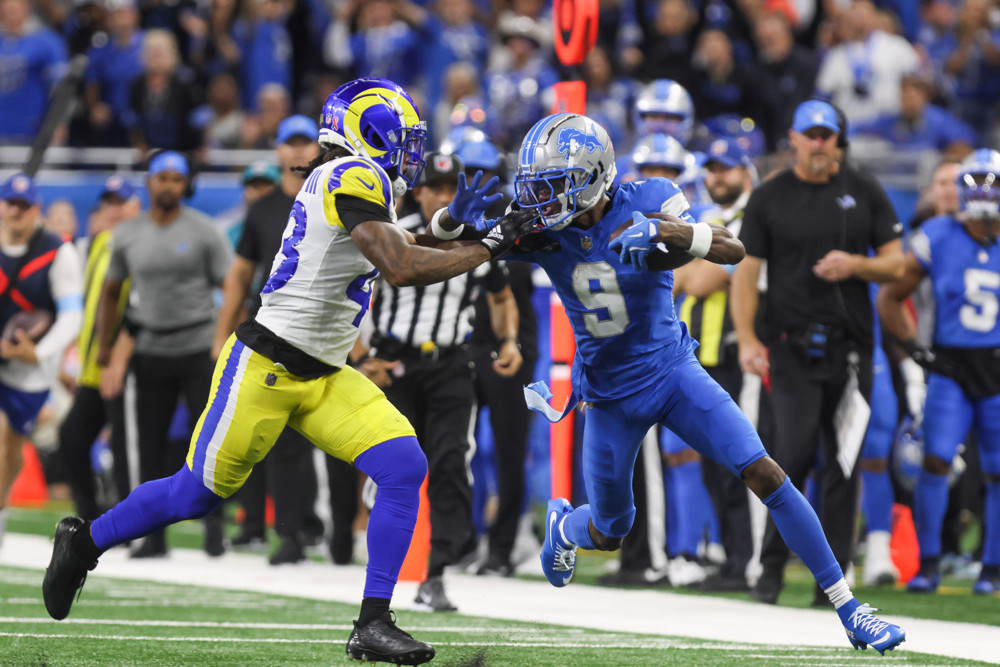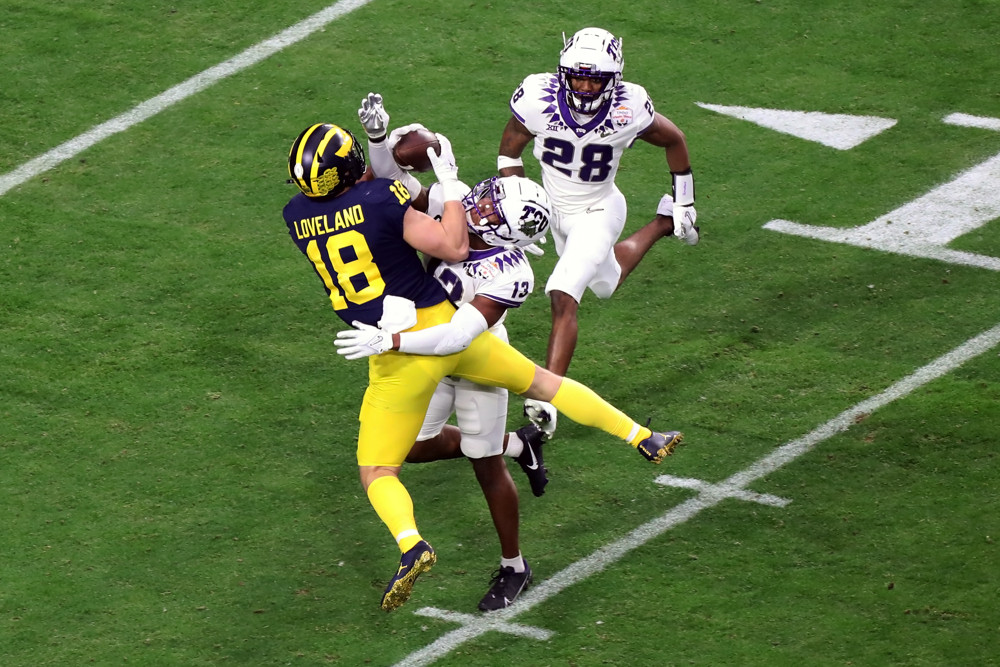An In-Depth Observational Analysis of Injuries that Occurred During Kickoff and Punt Plays Between the 2017-2021 Seasons: Part 1
Introduction
For years, we have been told how dangerous special team plays are, especially kickoffs and punts. Theoretically, it makes sense as we have elite athletes running at high speeds to engage in violent collisions with one another. That sentence alone makes me want to avert my eyes, but I can’t help my desire to watch the action unfold. Are these plays as dangerous as they are made out to be?
The NFL believes this is the case and continues to review and implement rule changes during the offseason for player safety. Their forward actions should be applauded, as injuries are an inevitable consequence due to the nature of the sport but should be minimized to whatever degree possible. Injury prevention is more of a pipe dream than a realistic goal, but risk reduction is what all parties are hoping to attain.
Luckily, SIS has the data to assess the situation and investigate the relationship between injuries and specific play types. This article will focus on the relationship between injuries during kickoff and punt plays compared to other plays at the pro and collegiate levels. We will then compare the two levels to one another to identify any discrepancies that presented themselves.
Breakdown of Injury Data
First, it’s important to understand the proportion of these two play types in the totality of all plays. Special teams accounts for between 17-18% of plays in each season, and kickoff and punts will make up around 11-12% on their own.
SIS scouts have identified 7,294 in-game injuries at the Pro level between the seasons of 2017-2021 and over that time our Injury Analysts have reviewed the film of each injury and cross-referenced injury reports to provide the most up-to-date and accurate information.
From our data, injuries on kickoff and punt plays account for 7% of all in-game injuries. Although that percentage does not appear concerning, it is the areas involved and the severity of these injuries that are alarming. Previous investigations identify the head and knee regions as areas of concern. Our data will provide a thorough analysis of these two regions as well as other concerning trends found during this investigation.
Examination of Head and Knee Injuries at the Professional Level
The proportion of head injuries between kickoff and punt plays compared to other plays stands out. Injuries involving the head account for 18.5% of the injuries that occurred on kickoff and punt plays compared to 13.4% on the other play types (alpha= 0.05, p < .01).
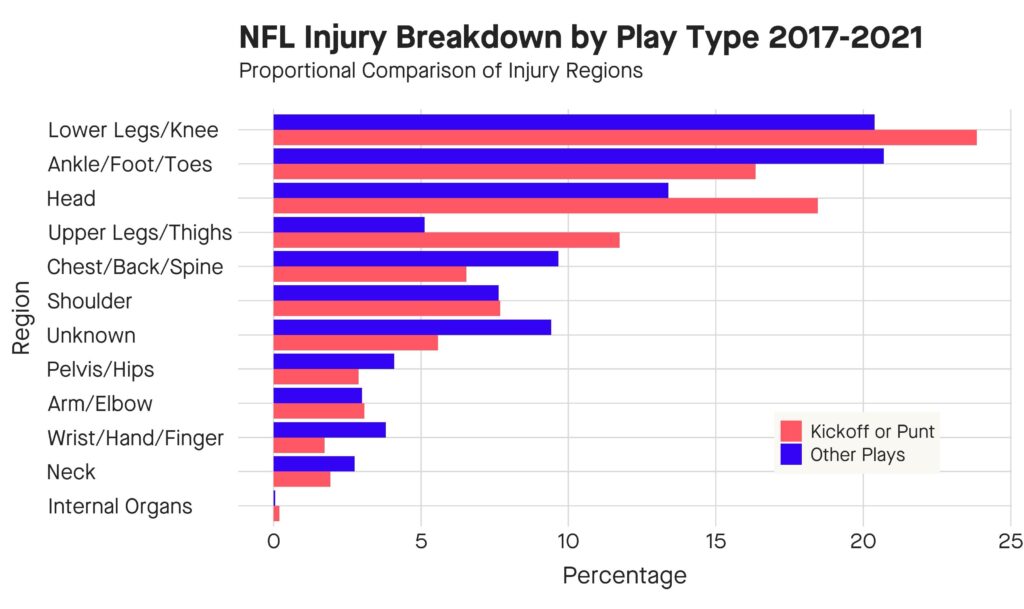
Assessing knee injuries on these specific play types sheds a different light. Knee injuries account for 23.8% of the injuries that occurred during kickoffs and punts compared to the 20.7% during the other play types (alpha= 0.05, p = 0.03). Though the gap between these proportions is smaller than what the head region revealed, things get interesting when you observe the specific knee diagnoses involved.
The alarming revelation appears when you evaluate the disparity of proportions between anterior cruciate ligament (ACL) injuries of these play type groupings. Confirmed ACL injuries account for 19.2% of the knee injuries that transpired on kickoffs and punts compared to 6.9% during other plays (alpha= 0.05, p < .01).
As most football fans know, ACL injuries will likely require a season-ending reconstruction surgery. Although the likelihood of a return to previous performance levels has improved, the duration of the rehab is lengthy and can vary greatly between athletes.
Examination of Head and Knee Injuries at the Collegiate Level
Next, we’ll examine the relationship between play types and injuries at the collegiate level. Since full disclosure of college injury diagnoses are difficult to verify, this analysis will focus on general regions. Like the NFL, the proportion of kickoff and punt plays follow the same ratio accounting for 11-12% of total plays.
SIS scouts identified 21,894 in-game injuries between the 2017-2021 seasons. As stated above, our Injury Analysts reviewed each play to identify the region affected during the play and updated that injury information accordingly.
From our data, 5.6% of the identified in-game injuries occurred during kickoff or punt plays. As we will see, the areas involved during those injuries stand out when comparing the regional distribution and their corresponding proportions between the play types of interest.
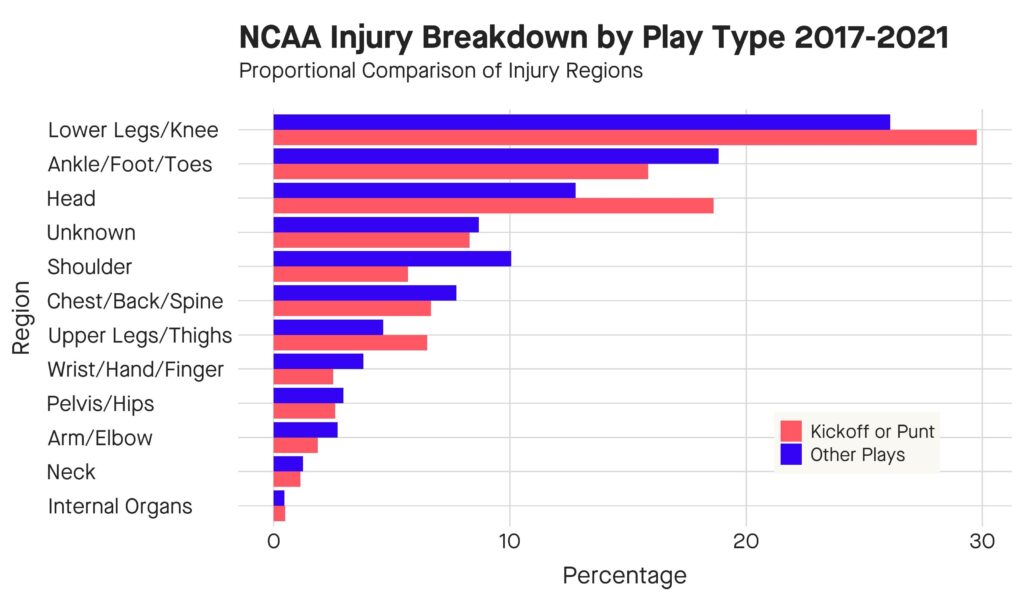
Injuries involving the head during kickoff and punt plays account for 18.6% of our recorded injuries compared to 12.8% during the other play types (alpha= 0.05, p < .01). In addition, an injury sustained during a kickoff or punt play involved the knee 29.8% of the time compared to 26.1% for the other group of plays (alpha= 0.05, p < .01).
Once again, the data suggests that the head and knee regions are more likely to be involved when an injury occurs during a kickoff or punt play.
Comparison between College and the Pros
A major discrepancy presented itself when the injury proportional data was compared between the two levels. Regardless of the type of play involved, college players’ knees were more likely to involved with the injury.
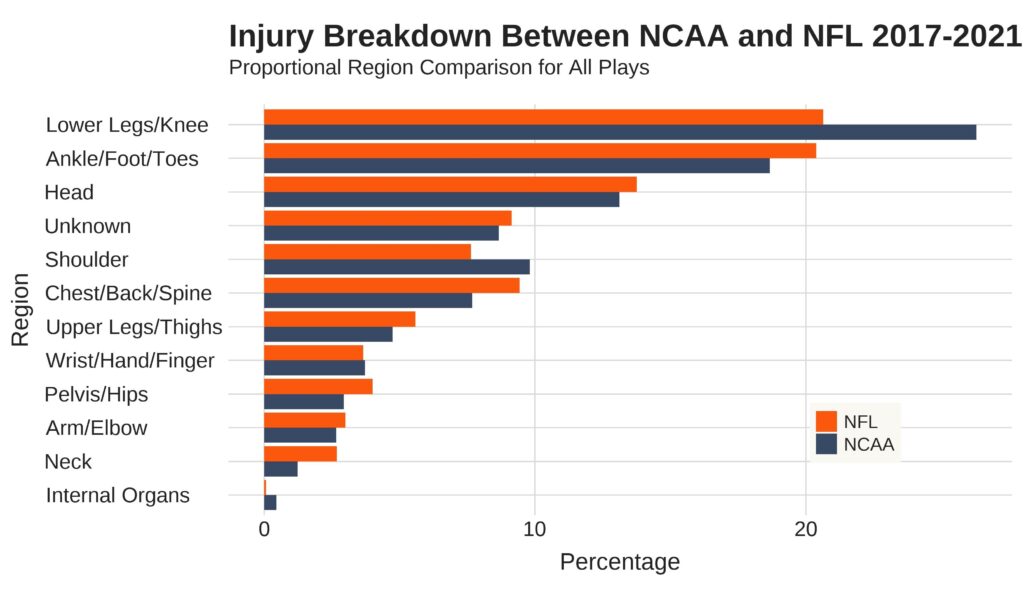
It is a peculiar phenomenon that proved to be significant. Retrospective research studies regarding football injuries identify the knee as an area of concern. We have gathered that the knee is the most at-risk region to be affected by an injury during a football game. The risk of involvement appears to increase at the collegiate level, in addition to during kickoff and punt plays.
Why do college players’ knees appear to be at higher risk compared to the pros? Is it the style of play between the levels or some other factor involved? Speculation could be drawn that the greater proportion of elite athletes at the professional level may decrease the knees’ involvement during injuries at that level. Another factor could be the increased variations of formations at the college level compared to the pros. More research is needed to understand this difference.
Further Research
Questions present themselves after observing this data. Questions like: Why do the head and knee regions appear to be more involved during kickoffs and punts? Other disproportions were apparent after examining the data that were not investigated further within this study. One example is the higher proportion of ankle and foot injuries at both levels during the other play types.
As one of the Injury Analysts at SIS, I hypothesize that the higher proportion of ankle and foot injuries appears because of the common mechanism of injury I witness while reviewing plays. Many ankle injuries occur at the line of scrimmage where linemen are engaged with one another and subsequently get rolled up on by another player. Eliminating this type of action from a kickoff and punt play would decrease the likelihood of the ankle being involved when an injury occurs.
The other disproportion that was not investigated further was the difference within the upper leg and thigh region between the play type groupings. Most injuries to that region involve a muscle strain. I elaborated on muscle strains, specifically hamstrings, during a three–part series at the beginning of this past season. A common mechanism of a muscle strain involves high velocity running, which is more likely to occur for a greater number of athletes on the field during a kickoff or punt play. I suspect that may be the culprit behind that region’s higher involvement during kickoffs and punts.
The goal of this observational analysis was to examine the data and evaluate the relationship between the varying play types and the injuries that occurred. It proved to be fruitful, and it will lead to further studies to help identify variables that may be contributing to the results. The next article will continue this investigation by focusing on the kickoff and punt plays individually. We will utilize our data to observe the injuries within different conditions and evaluate the players affected to enhance our understanding at what transpires during these plays.

